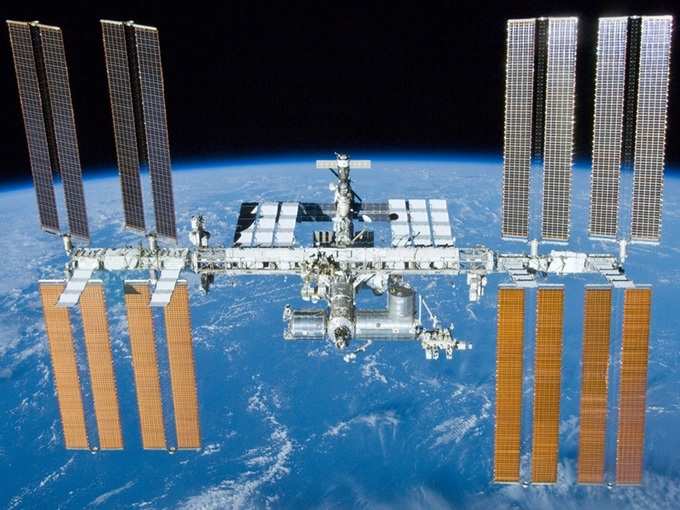
In a bid to monitor our planet better, the US space
According to NASA, the launch of its ocean winds sensor to the ISS this month will start a new era of Earth observation.
The researchers also revealed that six NASA Earth science instruments will be mounted to the space station before the end of the decade. This will enable scientists to study our changing planet.
Scheduled to be launched this month, the first NASA Earth-observing instrument called ISS-RapidScat will monitor ocean winds for climate research as well as weather predictions and hurricane monitoring.
The second instrument, planned for December launch, is called the Cloud-Aerosol Transport System (CATS). The laser instrument will measure clouds and the location and distribution of airborne particles such as pollution, mineral dust, smoke and other particulates in the atmosphere. CATS will follow ISS-RapidScat on the fifth SpaceX space station resupply flight.
"We're seeing the space station come into its own as an Earth-observing platform. It has a different orbit than other Earth remote sensing platforms. It's closer to Earth, and it sees Earth at different times of day with a different schedule. That offers opportunities that complement other Earth-sensing instruments in orbit today," said
The space station-based instruments join a fleet of 17 NASA Earth-observing missions currently providing data on the dynamic and complex Earth system.
ISS-RapidScat and CATS follow the February launch of the Global Precipitation Measurement Core Observatory, a joint mission with the Japan Aerospace Exploration Agency.
In order to gather data from all parts of the planet, most of the agency's free-flying, Earth-observing satellites orbit the planet over the poles at altitudes higher than 400 miles. Although the space station does not pass over Earth's polar regions, its 240-mile-high orbit does offer logistical and scientific advantages.
Notably, two additional NASA Earth science instruments are scheduled to launch to the station in 2016.
(Image: Wikipedia)